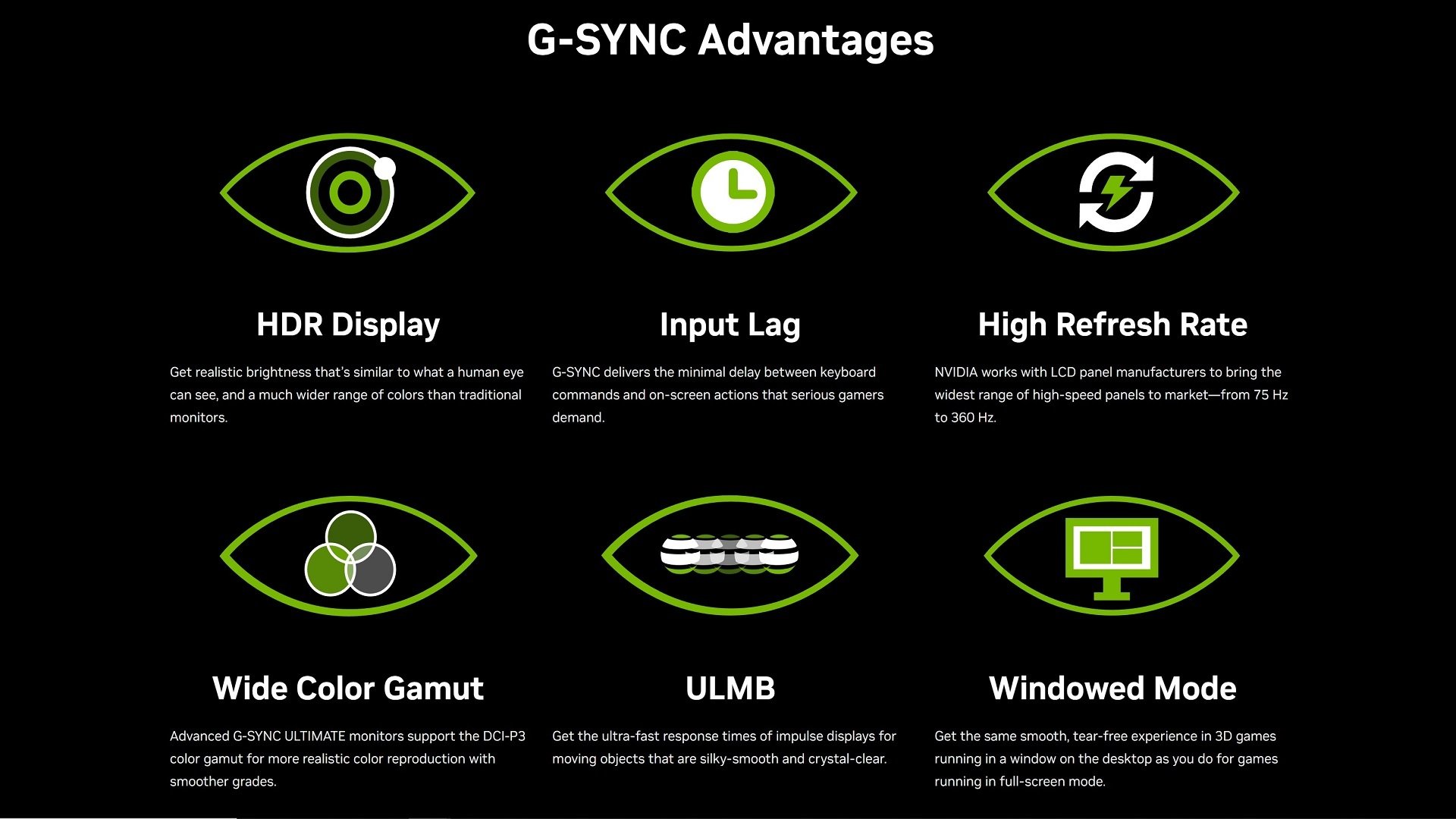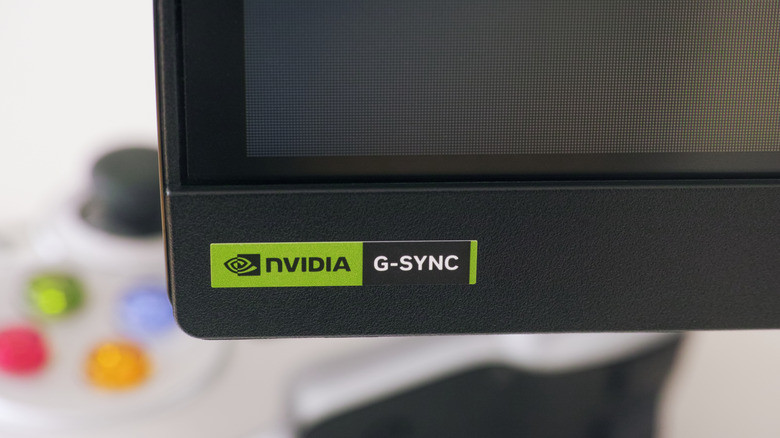Nvidia and AMD are two of the leading manufacturers of graphics cards for PCs, prompting monitor brands to optimize their products for these two companies. For instance, NVIDIA G-Sync monitors, which modify frame rates for enhanced gameplay fluidity, are specifically crafted to align with Nvidia’s technology. Conversely, AMD offers its own variant known as AMD FreeSync, with most top gaming monitors typically supporting one of these technologies. So, is it possible to connect an AMD Radeon graphics card to Nvidia G-Sync monitors? Prepare yourself, as this topic can become somewhat perplexing.
The straightforward answer is somewhat affirmative. Recently, it has become feasible to use an AMD card with an Nvidia-enabled display, although examining past information might confuse you. This confusion arises because Nvidia’s G-Sync initially necessitated a module built into the monitor that interacts exclusively with Nvidia’s GPUs. AMD GPUs previously lacked the capability to connect with these modules. This earlier requirement for a special monitor created limitations. However, Nvidia adjusted its technology in 2019, enabling users of AMD graphics cards to leverage native G-Sync monitors that support VRR or variable refresh rate. Once, that exclusive G-Sync module may have prevented complete utilization of display features, but that is no longer true. It’s also important to highlight that G-Sync technology prefers DisplayPort over HDMI. Nevertheless, employing DisplayPort can free up HDMI ports on your monitor for other devices like a Roku streaming stick, media player, or game console, which might be an added bonus.

